Royal gardens are known for their grandeur, elegance, and timeless beauty—but that doesn’t mean they’re out of reach for everyday gardeners. In fact, many of the plants once reserved for palaces and noble estates are surprisingly affordable and easy to grow in your own backyard.
In this list, we’ll explore 16 plants with regal roots—from fragrant heirloom roses to lush lavender hedges and stately foxgloves—that can transform any garden into a majestic escape. Whether you’re looking to channel Versailles vibes or simply add a touch of historical charm, these royalty-approved plants will help you cultivate your very own green kingdom—without breaking the bank.
Lavender
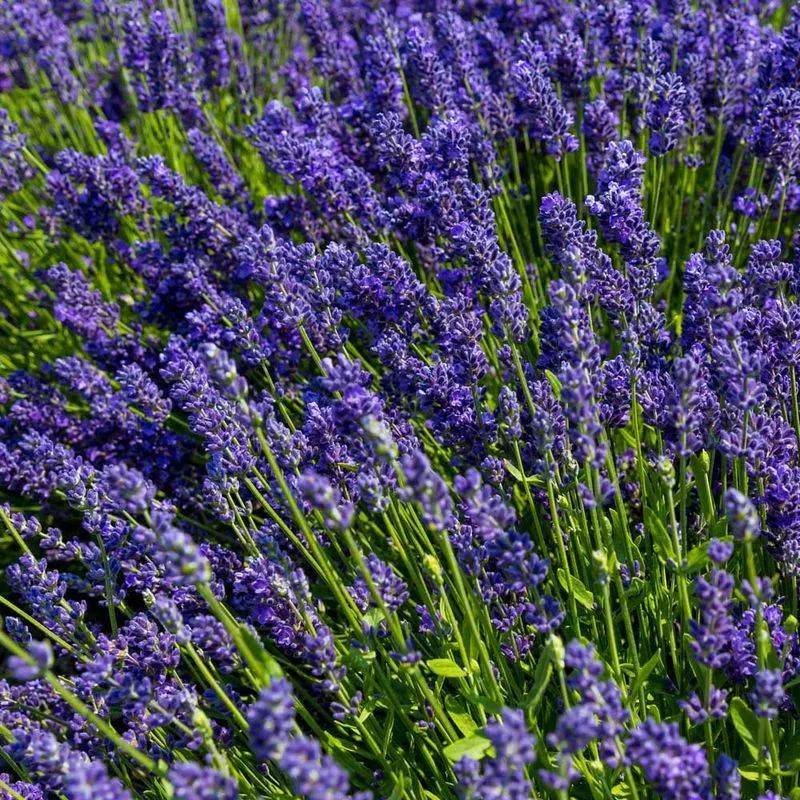
Lavender has been treasured by royalty for centuries, not just for its fragrant aroma but also for its versatility in gardens. This resilient plant is perfect for creating an atmosphere of tranquility. With its stunning purple hues and silvery foliage, lavender brings a touch of elegance to any garden. It’s not only visually appealing but also attracts bees and butterflies, adding a delightful buzz of life. Lavender is drought-tolerant and thrives in sunny spots, making it an affordable option for those looking to add a regal touch to their garden.
Rosemary
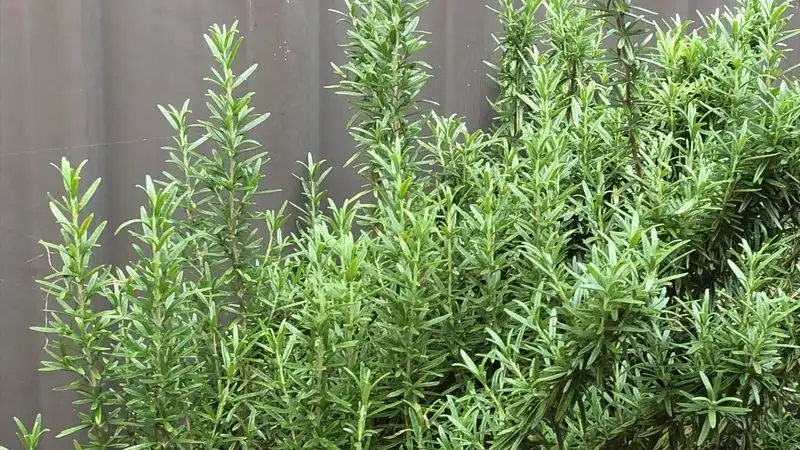
Historically, rosemary was used in royal ceremonies and as a symbol of remembrance. Its aromatic leaves have been cherished for both culinary and ornamental purposes. In the garden, rosemary stands tall with its evergreen foliage and delicate blue flowers. It’s a hardy plant that can withstand various weather conditions, making it accessible for gardeners of all levels. Rosemary adds an evergreen appeal to garden borders or containers, providing a year-round backdrop of greenery and fragrance.
Thyme
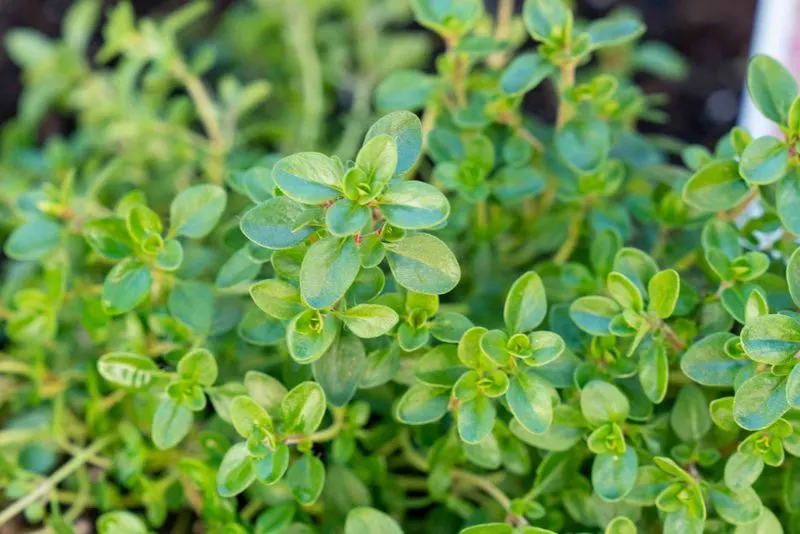
Thyme’s rich history in royal gardens is rooted in its versatility and flavor. This low-growing herb forms a dense mat of green that is perfect for filling gaps between stepping stones or as ground cover. Its small, aromatic leaves release a delightful scent when brushed against, adding sensory appeal. Thyme thrives in well-drained soil and sunny locations, requiring minimal maintenance, making it an ideal choice for gardeners. The subtle beauty and culinary uses of thyme have long made it a staple in formal gardens.
Sage
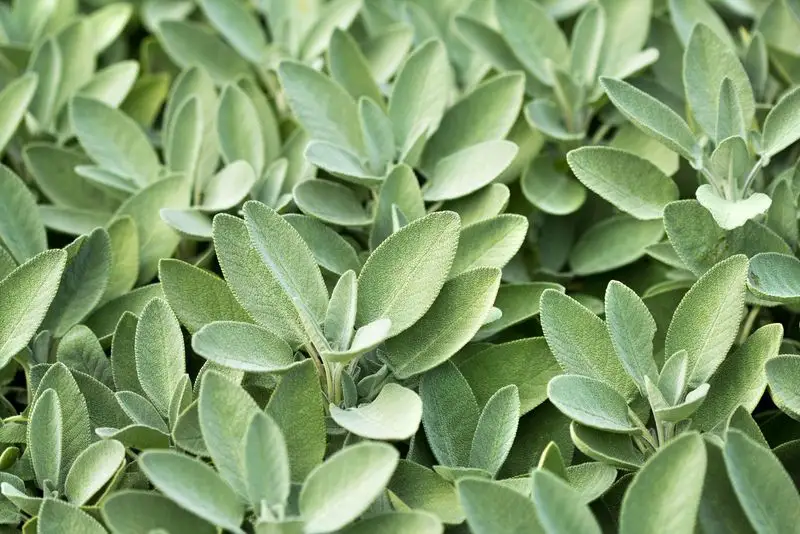
Sage has long been revered for its culinary and medicinal properties, often found in the herb gardens of royalty. This hardy plant features soft, gray-green leaves and spikes of purple flowers that add a rustic charm to gardens. Sage is particularly resistant to pests and drought, making it easy to grow and maintain. Its earthy aroma and flavor enhance a variety of dishes, while its robust foliage provides texture and color throughout the year. Sage’s presence in a garden adds both beauty and utility.
Chamomile
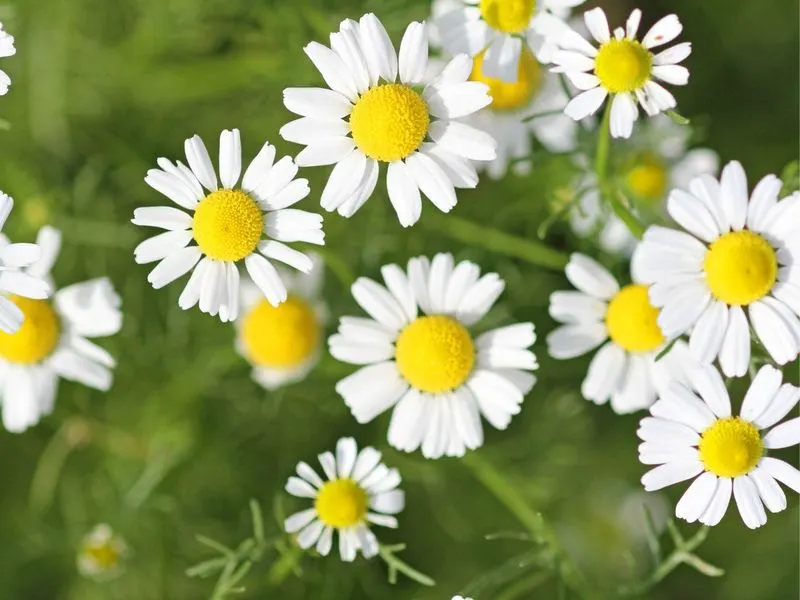
Chamomile, known for its calming properties, has been a favorite in royal gardens for centuries. Its delicate white flowers with golden centers create a peaceful and inviting atmosphere. Chamomile is easy to grow, thriving in sunny spots with well-drained soil. This charming plant not only offers visual appeal but can also be harvested for making soothing teas. Its gentle presence and calming scent make chamomile a valuable addition to any garden seeking a touch of royalty and relaxation.
Mint
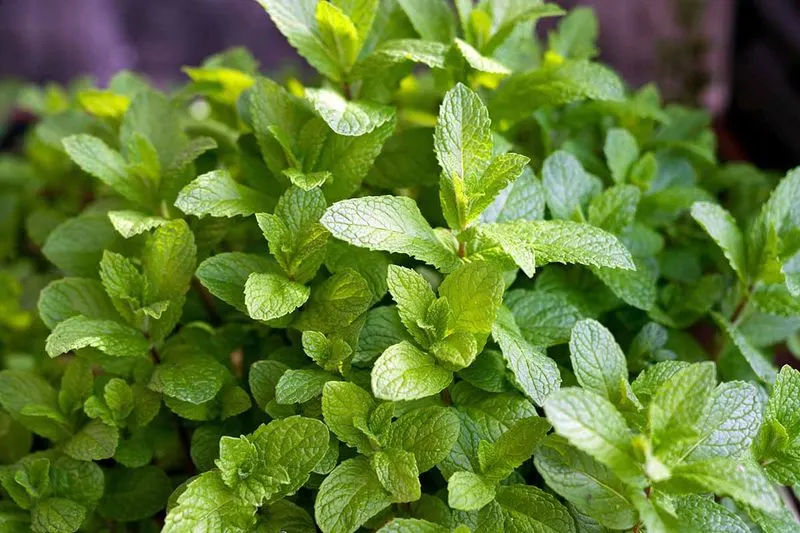
Mint’s refreshing aroma and robust growth have made it a staple in royal gardens throughout history. This hardy herb spreads quickly, offering a lush carpet of green that invigorates the senses. With its cool, crisp fragrance, mint is perfect for paths and borders, where its scent can be fully appreciated. Growing mint is effortless, as it thrives in both sun and partial shade with minimal care. Its versatility in culinary uses adds to its charm, making mint both a practical and aesthetic choice for gardeners.
Basil
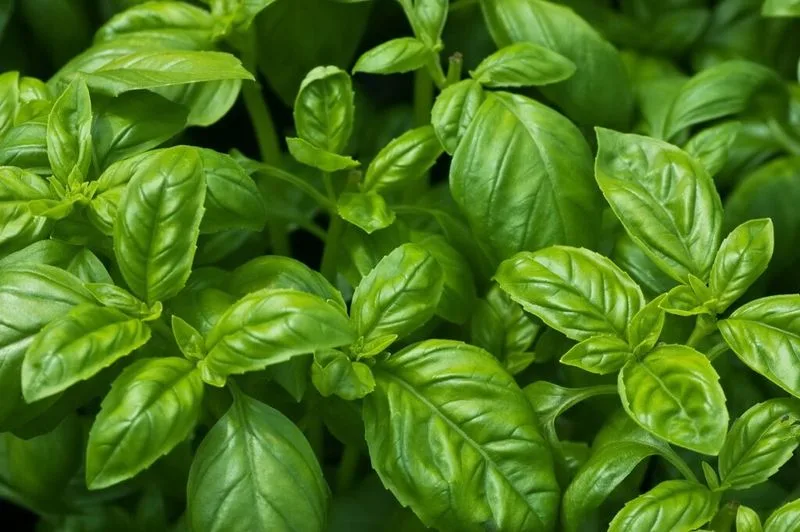
Basil, with its aromatic leaves and rich flavor, has earned its place in the gardens of royalty. Known for its culinary value, basil offers a luxurious touch to any herb garden. Its vibrant green leaves are not only appealing to the eye but also attract beneficial insects. Basil prefers warm, sunny conditions and well-drained soil, making it a manageable plant for beginners. Its striking appearance and delightful scent make basil a favorite among those looking to add a dash of regal flavor to their garden.
Parsley
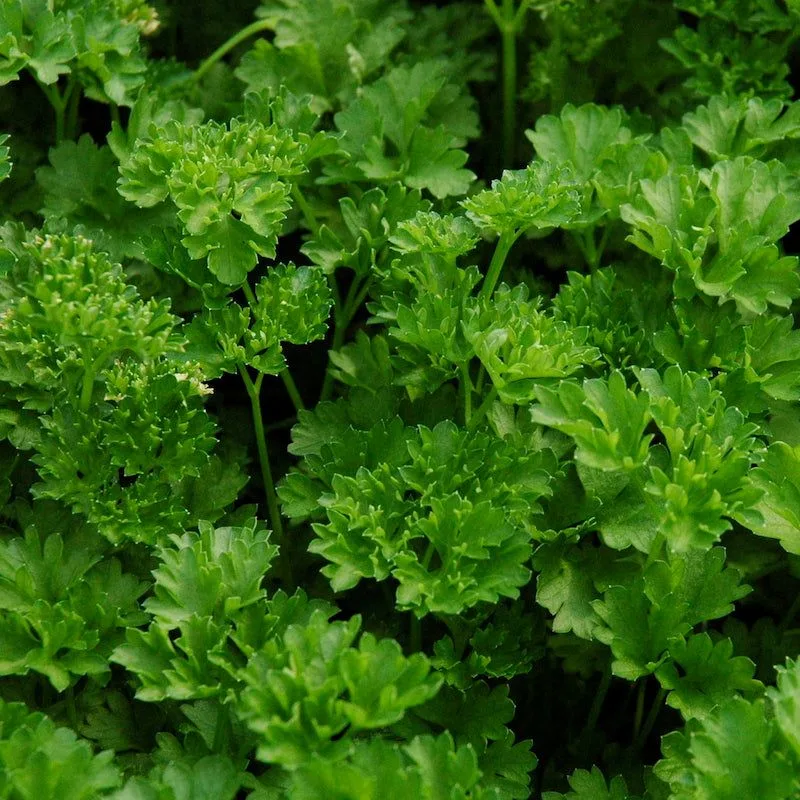
Parsley has graced royal gardens with its vibrant green leaves and subtle peppery flavor. This biennial herb is not only a favored garnish but a garden staple. Its bright foliage adds a fresh touch to garden beds and containers alike. Parsley is easy to grow, thriving in full sun to partial shade, and requires minimal maintenance. Its ability to attract beneficial insects further enhances its value in gardens. With its dual role in culinary and ornamental gardens, parsley offers both beauty and functionality.
Oregano
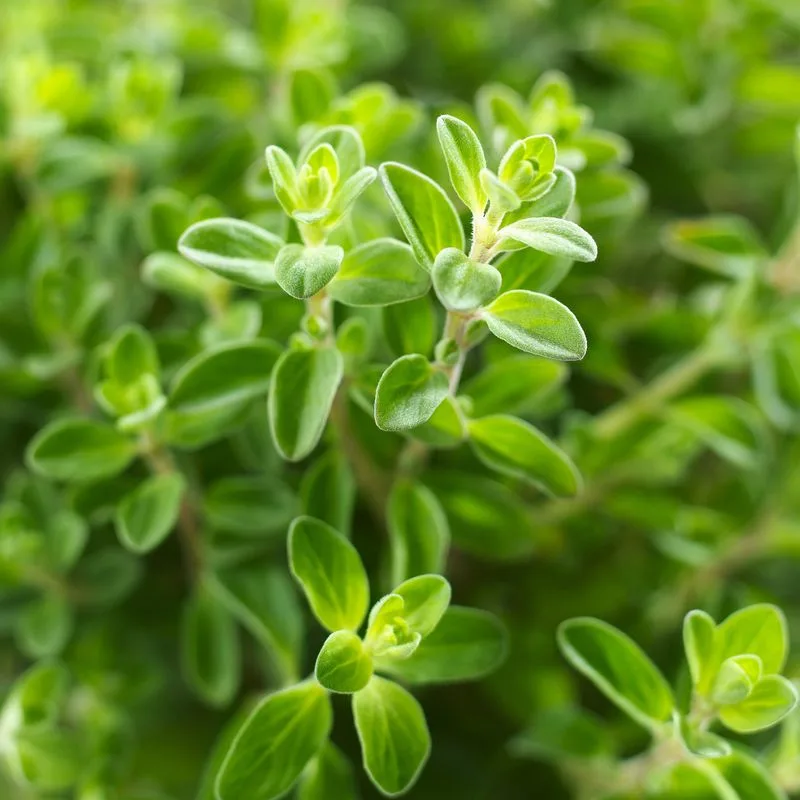
Oregano has been a beloved herb in royal gardens, cherished for its robust flavor and aromatic leaves. This perennial herb forms a dense mat of fragrant foliage that attracts a variety of pollinators. Oregano thrives in sunny locations with well-drained soil, requiring minimal care and maintenance. Its small, purple flowers add a splash of color, while its leaves enhance a multitude of dishes. Oregano’s hardy nature and culinary versatility make it a perfect addition to any regal garden setting.
Lemon Balm

Lemon balm, with its refreshing citrus scent, has been a favorite among royalty for its calming properties. This perennial herb thrives in sunny, well-drained areas, producing lush green foliage that releases a pleasant aroma when touched. Lemon balm is easy to grow and maintain, making it perfect for those looking to add a sense of tranquility to their garden. Its leaves can be used in teas and culinary dishes, adding a burst of flavor and fragrance. Lemon balm is more than just a pretty face in the garden.
Marjoram
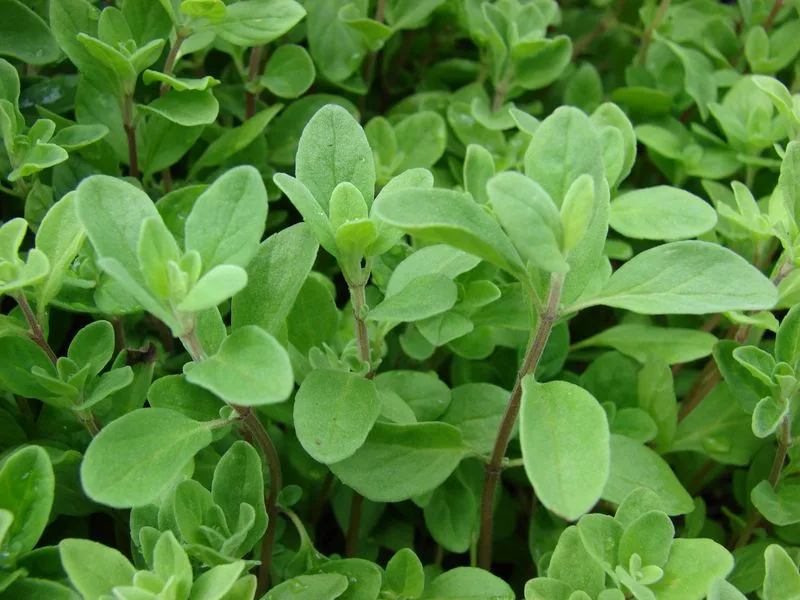
Marjoram’s sweet, floral aroma has made it a beloved herb in royal gardens. This tender perennial forms a compact mound of fragrant leaves, offering both visual appeal and culinary value. Marjoram prefers sunny spots with well-drained soil, requiring little maintenance once established. Its small, white flowers attract pollinators, adding life to the garden. Known for its use in various dishes, marjoram’s gentle presence and aromatic leaves make it a charming addition to any herbal collection.
Chives

Chives offer a mild onion flavor and are a staple in royal culinary gardens. Their slender, green leaves and lovely purple flowers add color and texture to any garden space. Chives are incredibly easy to grow, thriving in a variety of conditions and requiring minimal care. They make a delightful border plant, providing both visual appeal and practical culinary uses. The flowers are not only beautiful but edible, adding a gourmet touch to dishes. Chives bring a regal yet accessible touch to gardens.
Nasturtium
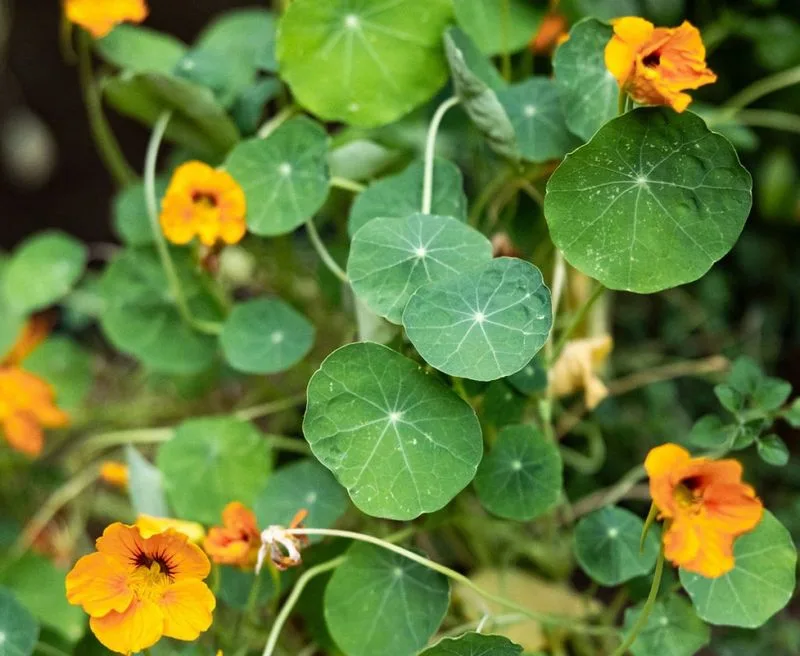
Nasturtiums, with their bright, cheerful blooms, have been a colorful favorite in royal gardens. Known for both their aesthetic appeal and edible flowers, nasturtiums bring a playful touch to garden beds and containers. These flowers thrive in poor soil, making them easy to grow and maintain. Their vibrant hues attract pollinators, adding vitality to the garden. Both leaves and flowers are edible, offering a peppery flavor to salads. Nasturtiums provide a delightful and functional splash of color to any garden.
Dill

Dill’s feathery leaves and airy presence have made it a staple in royal gardens. This annual herb is known for its aromatic seeds and flavorful foliage, enhancing a variety of culinary dishes. Dill thrives in sunny spots with well-drained soil, requiring minimal attention. Its delicate leaves add a lovely texture to garden beds, while its tall stalks and yellow flowers attract pollinators. Dill’s combination of beauty and utility makes it a graceful addition to any regal garden.
Fennel
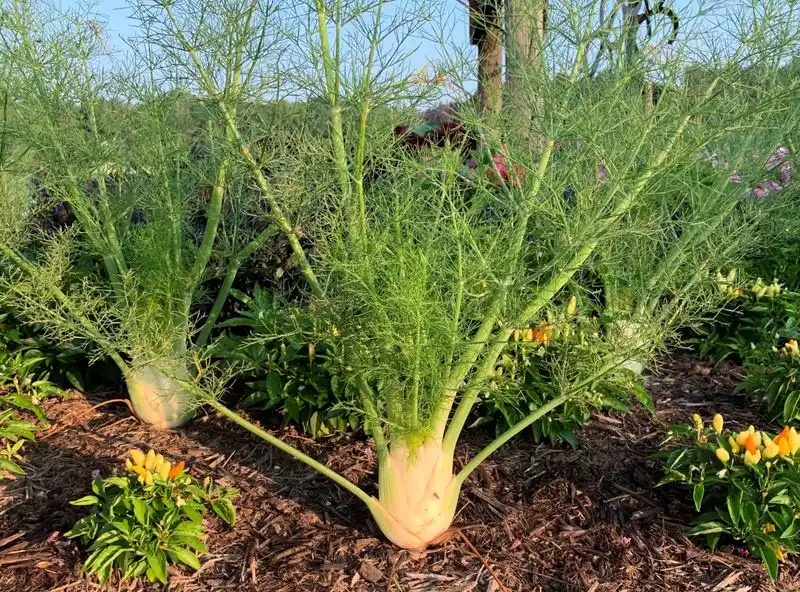
Fennel, with its licorice-like flavor and feathery foliage, has long been a favorite in royal herb gardens. This perennial plant produces tall stalks and delicate, yellow flowers that add height and interest to garden beds. Fennel thrives in sunny locations, requiring well-drained soil and minimal care. Its seeds and leaves are widely used in cooking, offering a distinctive flavor to dishes. Fennel’s striking appearance and culinary versatility make it an ideal choice for those seeking a regal touch.
Arugula
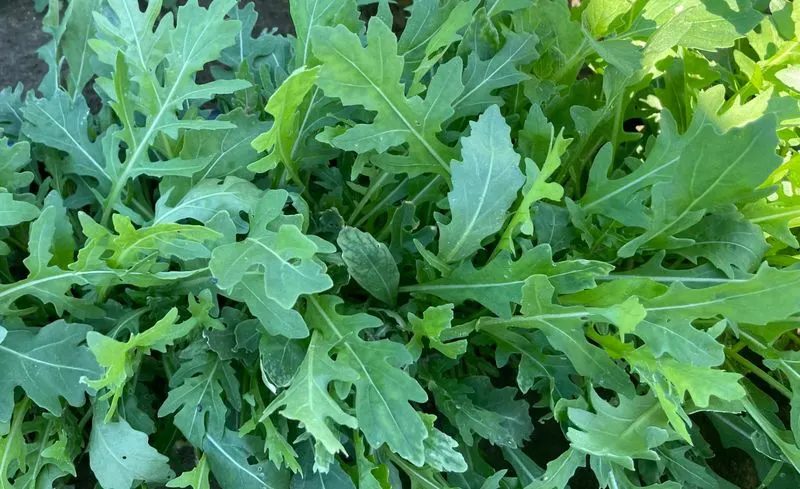
Arugula, known for its peppery bite, has been cultivated in royal gardens for its distinctive taste and leafy greens. This fast-growing plant adds a fresh touch to garden beds and containers. Arugula thrives in cooler weather, making it perfect for spring or fall planting. Its lush leaves are not only visually appealing but also packed with nutrients, offering a healthy addition to salads. Arugula’s unique flavor and quick growth make it a smart and sophisticated choice for any garden.

